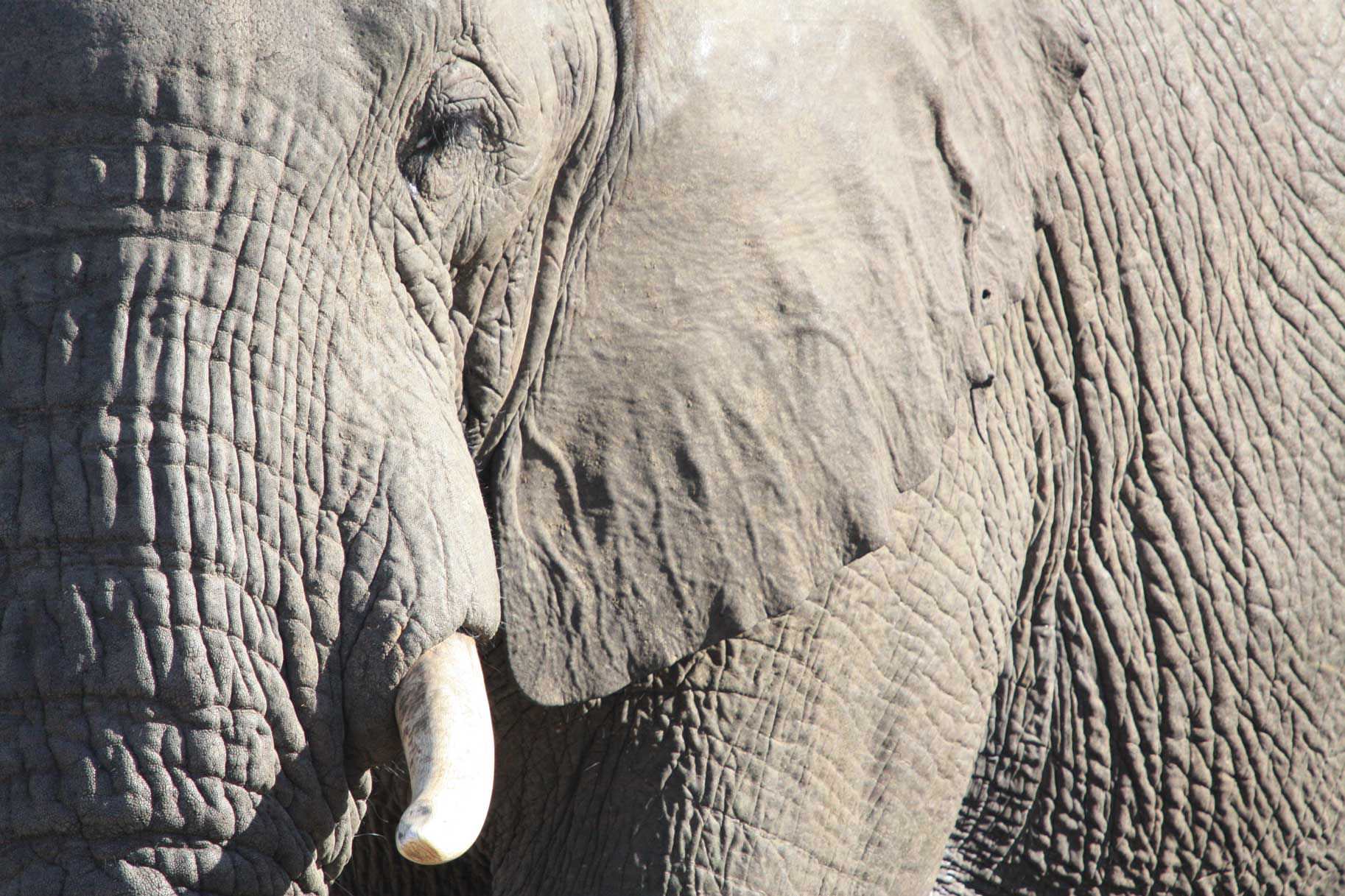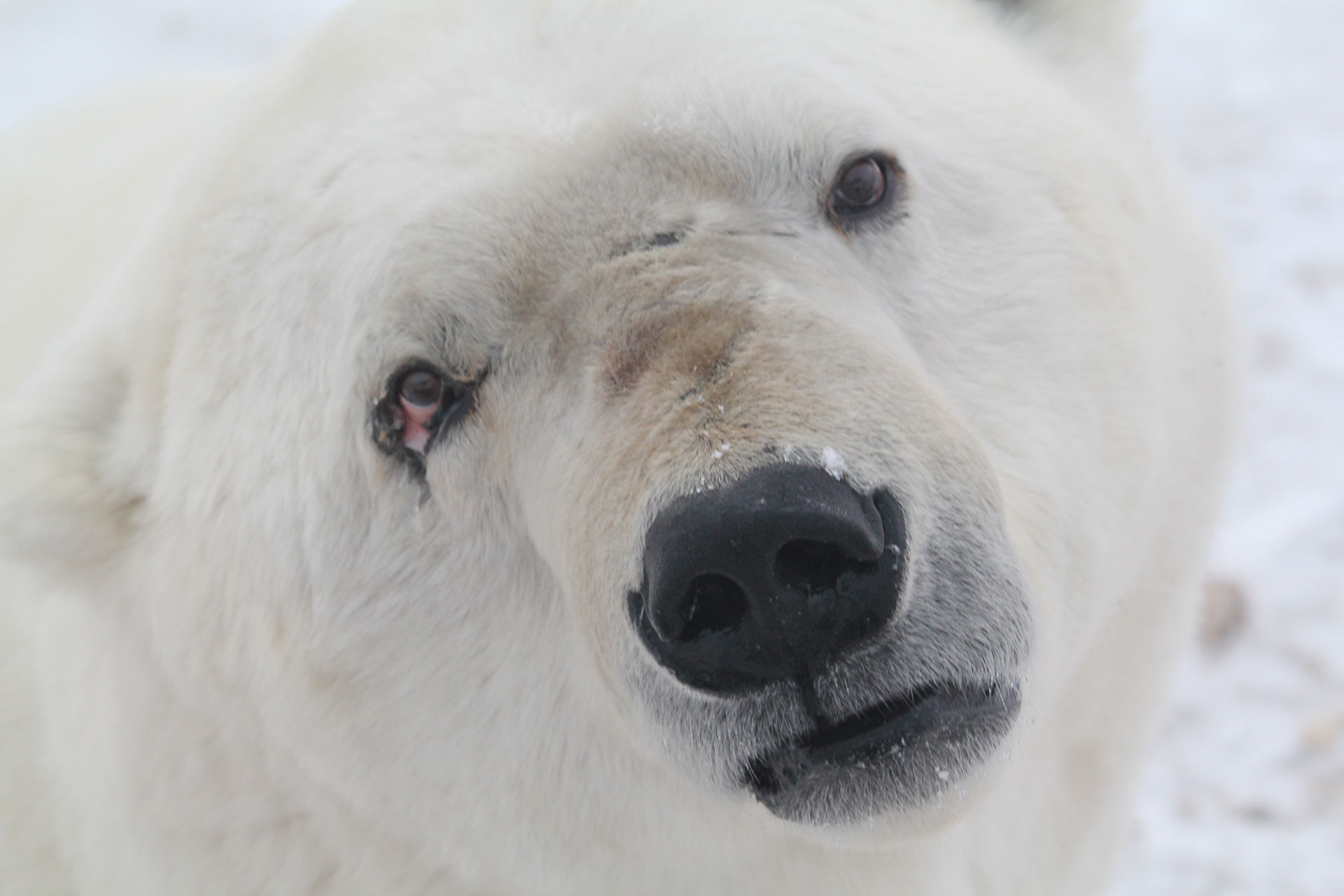COMMENTARY – AFRICAN ELEPHANTS
The African Elephant (Loxodonta Africana) stands shoulder length 8 to 13 feet high, weighs upwards of 6 tons and measures 18 to 24 feet in length. It is the largest land animal walking on Earth. Elephant herds are in 37 countries within Africa.
For the first 5 years, an elephant calf is totally dependent on its mother for nurturing, protection and food.
But, regrettably 96 elephants are killed every day in Africa as a result of poaching. Hence, over 30,000 are poached every year across the African continent. At this alarming rate, in the next ten years African Elephants could face extinction according to the Wildlife Conservation Society.
On March 3, 2015, which is World Wildlife Day and also known as Africa Environment Day, the theme was wildlife crime. Among world events, Kenya publically burned 15 tons of confiscated ivory and by the end of the year President Kenyatta pledged to destroy the entire stockpile.
Under a1989 ban by the Convention on International Trade in Endangered Species of Wild Fauna and Flora (CITES), international trade of ivory is illegal. However, China remains the driving global force because domestic trade is still legal there. The African Wildlife Foundation, the World Wildlife Fund, and other world organizations are battling this world crisis.
On July 28, 2015, on his Kenya visit, President Obama announced a major, stronger ban on the United States’ domestic ivory trade.
Furthermore, on Sept. 25, 2015 President Obama and President Xi Jinping of China announced a shared commitment to end the global trade of ivory. Poachers beware!
With global commitment, the lust for ivory must be curbed which is the key to saving the African Elephant, one of the world’s most endangered species.
FAVORITE PHOTO — JPEG 0550 – The bold portrait of a bull African Elephant bursting through the savannah of Maasai Mara National Reserve, Kenya at very close range with the ground trembling underfoot within the protective safari vehicle is a powerful image experience. Its sheer size, scarred skin, hulking torso, tattered, veined ears and swinging trunk…its radar… are its testament of survival in the wild as the world’s largest land animal.
Ⓒ Suzanne Vlamis Photography


